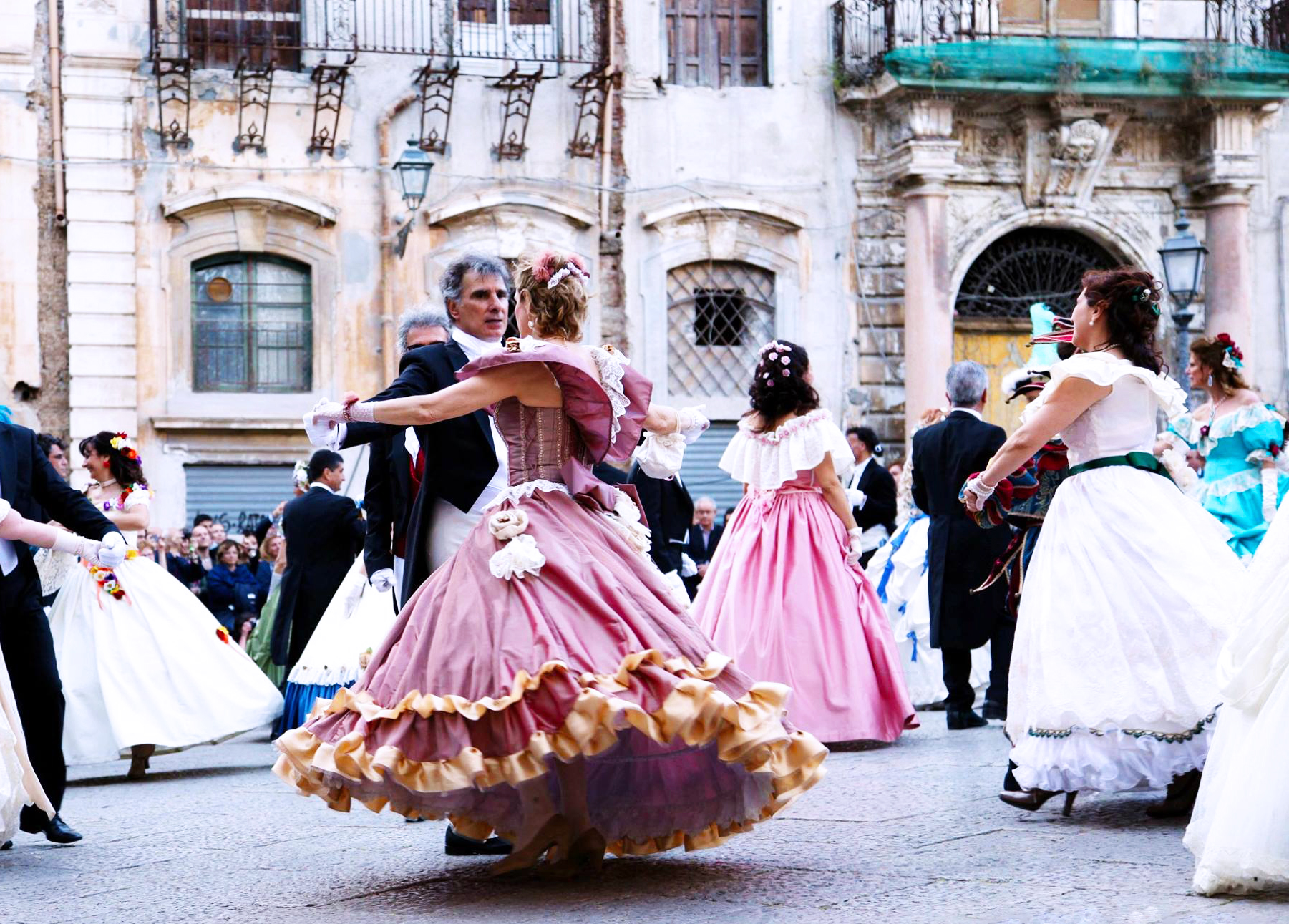One of the ways to bring a smile to the face of anyone in Italy is to ask them, “Ferragosto, dove stai andando?” In other words – where are you going for Ferragosto? This is a holiday celebrated on August 15th, coinciding with the Feast of the Assumption of Mary. But it is also signals the Italian summer vacation period in mid-August. For some, it is ponte di Ferragosto (a long weekend), for others, the holiday will last through the end of the month. Although it is a religious holiday, Ferragosto is unique because it also marks the beginning of Italy’s famous summer holiday period, when most children are on school vacation and families, business owners, in fact, most Italians, pack up their bags and head to the Italian beaches.
Even though there are religious undertones to the holiday, it actually has its origin in the Feriae Augusti – the Festivals of the Emperor Augustus. These were introduced by the Emperor over 2,000 years ago in the year 18 BC. This was an addition to earlier ancient Roman festivals which fell during the same month, such as the Vinalia Rustica which goes back even further in Roman lore. It celebrated the grape harvest and the end of a long month of laboring in the fields. By linking together the August festivals, Feriae Augusti provided a longer period of rest and this period became known as Augustali.
During these celebrations, animals that were typically used for work were decorated with flowers. Donkeys, oxen and mules became floral displays, but like the workers, they too needed a rest after their months of toil. Horse races were held throughout the Empire and some of these traditions still exist today, virtually unchanged during the centuries that have passed. The Palio dell’Assunta which takes place on August 16th in Siena is a horse race held in the Piazza del Campo in Sienna. The name “Palio” is derived from the word pallium, which is a piece of precious fabric that was the usual prize given to winners of the horse races in ancient Rome. Each of the 17 contrade (neighborhoods) of Siena participate, with each contrade proudly displaying its individual banners. The race itself is preceded by a procession of the flags. Young men dress in Renaissance costumes carry the flags of the contrade through the city to the main piazza.
If you are traveling within Italy, you will find celebrations from north to south on August 15th, as well as on the days before and after. Typically, the celebrations include music, food, parades and of course – fireworks! It is also on August 15th that Rome’s Gran Ballo di Ferragosto fills areas including Piazza del Popolo, Termini Station and Piazza San Lorenzo with live music and dance performances. There is a different type of dance in each square ranging from classic ballroom to tango and even break dancers have been known to take to the stage.
Cappelle sul Tavo, near Pescara on the Abruzzo coast, celebrates with the Palio delle Pupe, in which huge papier-mâché puppets from each of the town’s districts are paraded through the streets at night. During the procession, they eventually explode with fireworks.
Sassari in Sardinia holds the Faradda di li Candareri – the Descent of the Candlesticks that dates back to the 16th century. It celebrates a vow made to the Madonna Assunta, who saved the city from the plague in 1652. In this exciting festival held on August 14th and 15th, the descent is a dancing procession in which the symbolic candlesticks (which are in reality large wooden columns) are carried by the gremi (guild) representatives. The procession starts from Piazza Castello and continues to Piazza Azuni and along Corso Vittorio Emanuele II to the Church of Santa Maria di Betlem. The parade is made livelier by the belief that the more the candles move, the better the upcoming harvest will be, thus the challenge is to make the poles dance and sway for the entire length of the procession.
Other cities have their own traditions tied to the Feast of the Assumption. One of the oldest is the Palio of the Assumption, which takes place on August 15th each year in Fermo, in the region of Le Marche. It dates back to 1182, with the palio (horse race) preceded by the Cavalcata dell’Assunta (Ride of the Assumption) on the night before. It is a religious procession with participants in period costumes who are illuminated by torches and candlelight. It begins on the evening of August 14th at precisely 8:45 pm and goes from the Chiesa di Santa Lucia to the Cathedral. On the following day, the Palio, featuring six historic contrade of the city of Fermo, plus four from outside the city walls, begins at 5:30 pm. Celebrations continue into the night with music and dancing and tastings of local products in the town’s Piazza Vittoria.
For most Italians, Ferragosto means a trip to the beaches or the lakes and mountains. Since Italy’s hottest months are in July and August, the work break at the end of August is a welcome holiday and a chance to get away, especially to a cooler climate. During Mussolini’s reign in the 1920s, the Italian people were urged to travel within the country by train during Ferragosto. Tickets were offered at a discounted rate so that people of all classes were able to experience other parts of the country. Almost a century later, you will still find that the cities of Italy empty, as anyone who can get away usually does. In the past you would have found that a lot of restaurants and businesses were closed during Ferragosto, but with tourism, especially from the United States, most businesses in the cities remain open, albeit, with reduced staffing levels. However, once you head to the seaside, you will find a great number of people who have rented chaises and umbrellas and have their reserved spot on the sand. Sardinia, Sicily and the Amalfi Coast are extremely popular during the summer, but even more so during Ferragosto. In the mountains, especially in the north, the inns at the lakes and the camp grounds are bursting with people. There is more of a relaxed atmosphere evident. People of all ages hike along trails, enjoy the clear mountain air and picnic in the meadows. It is a very family-oriented holiday, whose origins may be unclear to some, but whose relief from the heat is welcomed by all.





